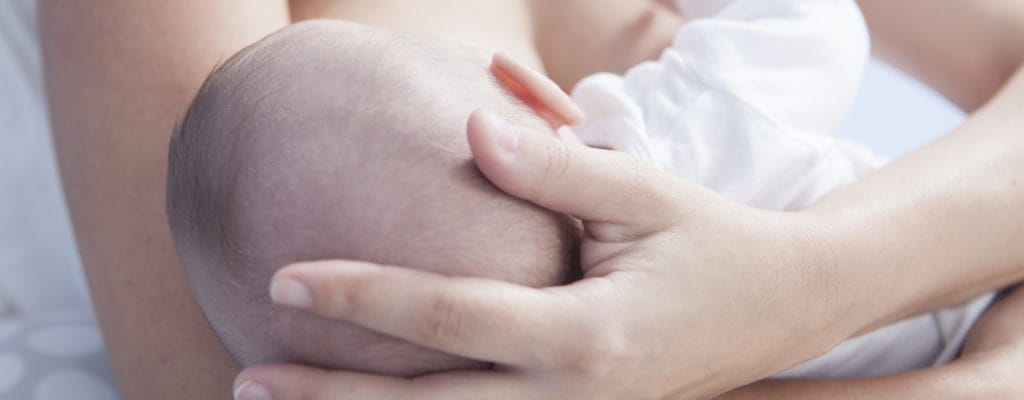
With the belief that inflammatory mammary glands can be passed on to the baby, mothers often stop breastfeeding. This is true or false?
Inflammation of the mammary gland is a female infection that occurs in all subjects but is most common during the first 6 months of breastfeeding. The disease makes the mother feel tired and exhausted. With the belief that inflammatory mammary glands can be passed on to the baby, mothers often stop breastfeeding. Reality has proven the opposite, breastfeeding is one way to prevent infection, provide nutrition without adversely affecting the baby.
What causes mastitis?
Some of the main causes of the disease include:
Cracked and painful nipples;
There is too much time between breastfeeding times;
Wear bras too tight;
Mother only breastfed on one side;
A history of inflammatory mammary gland disease;
Breastfeeding for the first few weeks after birth;
Symptoms of mastitis in nursing mothers
Signs and symptoms that may appear suddenly include:
Breast pain and a warm feeling to the touch;
Feeling pain, fatigue in body;
Swollen breasts;
Painful or persistent burning sensation while breastfeeding;
Redness, wedge-shaped stains;
Mother fever from 38.3oC.
Although mastitis usually occurs in the first few weeks of breastfeeding, it can also occur at any time during the breastfeeding period. It sometimes affects only one breast.
Should mothers breastfeed when mastitis?
In addition to using other birth control drugs for treatment, continuing to breastfeed as well as paying attention to properly expressing milk will help shorten the duration of infection.
In fact, breastfeeding is the best way to get all the milk out. This milk is still safe for children because the digestive juices in the child's body have the ability to destroy bacteria.
Before breastfeeding, mothers need to clean the breast with a cloth moistened with warm water for about 15 minutes. Do this at least 3 times a day. This makes it easier for the milk to flow. Alternatively, you can massage the inflamed chest.
If possible, feed the baby on both sides. Ideally, start on the inflamed side so the baby finishes all the milk. The inflamed chest is too painful, you can breastfeed the other side first. After the milk has come out evenly, feed your baby again on the inflamed side. Mothers can pump or express milk if breastfeeding causes chest pain when the baby is latched.
Using a cream containing lanolin such as Lansinoh can help cracks heal and relieve pain.
How can you get home treatment?
In addition to taking medications prescribed by a doctor and breastfeeding your baby regularly, mothers should follow these steps to help get better quickly:
Take acetaminophen (such as Tylenol) to relieve pain, fever, and discomfort. You can combine ibuprofen (such as Advil) with acetaminophen to fight inflammation if needed. However, you should carefully read the directions on the label;
Rest as much as possible;
Use ice or warm water for pain relief. If using an ice pack, keep it on top of her shirt or bra instead of directly on the skin;
Drink a lot of water;
If your breasts contain a lot of milk, you should pump or express a little before feeding. This reduces tension and makes it easier for the baby to suckle;
If you have an inflamed discharge on the affected breast, wash it off and let it dry naturally then put on your bra. Disposable breast pads are also a great way to absorb more quickly;
Most mothers overcome the pain and breastfeed successfully. If the disease causes pain, please remember to take out the milk regularly. In addition, mothers do not hesitate to go to the doctor for advice on effective care and treatment.












